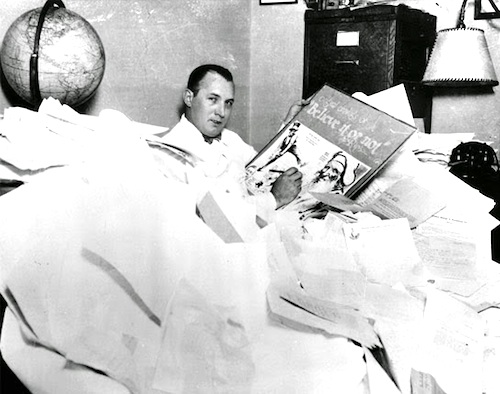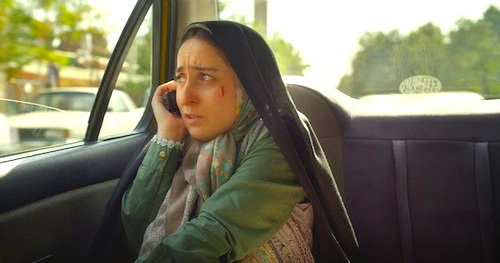By Joe Bendel. Serving as a Buddhist monk should be a calling rather than a mere job. However, employment prospects in Burma are so bleak, many take up robes for subsistence reasons. In Zawana’s case, he was adopted into the monastic life he seems so ill-suited for. However, his abbot’s illness will bring the novice to a crossroads in The Maw Naing’s The Monk, which screens during the 2015 Palm Springs International Film Festival.
Zawana enjoys exchanging flirtatious love notes with the cute village girl Marlar and listening to the rebellious monk Yewata’s mp3 player. Still, he feels a tie of loyalty to Abbot U Dahma, who found him starving on a park bench when just a young child. When Yewata decides to seek a less strict monastery in Yangon (a.k.a. Rangoon), Zawana nearly leaves with him. He somewhat regrets his lack of daring when Marlar also ventures to the big city, ostensibly to pursue her studies. Unfortunately, Zawana will soon follow them when the Abbot’s cancer demands treatment in a bigger hospital.
As is often the case, the change of environment helps Zawana put things in perspective, but the bustling capitol does alter the film’s quiet, defiantly naturalistic aesthetic. Indeed, it is easy to see how the director’s work as a poet and a documentarian influenced his stylistic approach. Viewers also get a sense of how the monks and novices do or don’t live in balance with nature and their more profane neighbors.
Many will need to acclimate themselves to The Monk’s contemplative pace, but there is an easily discernable narrative to follow, involving very real stakes. It truly transports viewers to the distant Burmese province, lushly lensed by cinematographer Vit Janecek, but it is considerably more character-driven than a travelogue or docu-essay. Novice Zawana is a classically conflicted figure, impressively brought to life by Kyaw Nyi Thu’s tremendous range and depth. Likewise, Han Newe Nyein shows uncommon presence and subtlety as Marlar, while Thein Swe Myint plays the Abbot with fitting gravitas.

It is a shame the modern-era Burmese film industry is still in its infancy, because the entire ensemble shows a natural talent for screen acting. Some reports bill The Monk as the first independent feature narrative produced inside Burma (as most citizens call it), but similar claims were made for the Burmese-raised, Taiwan-based Midi Z’s Return to Burma. In truth, it seems like an exaggeration in both cases, since Ohn Maung’s cautionary 1920 silent Love and Liquor would clearly predate them both.
That hardly matters, though. It is just encouraging to see Burmese filmmakers examining the country’s current condition through a cinematic prism. The even better news is The Monk is quite rewarding when considered strictly on its own cinematic merits. Recommended for those who appreciate meditative films with an understated but powerful emotional kicker, The Monk screened today as part of this year’s PSIFF.
LFM GRADE: B
Posted on January 9th, 2014 at 9:41pm.


